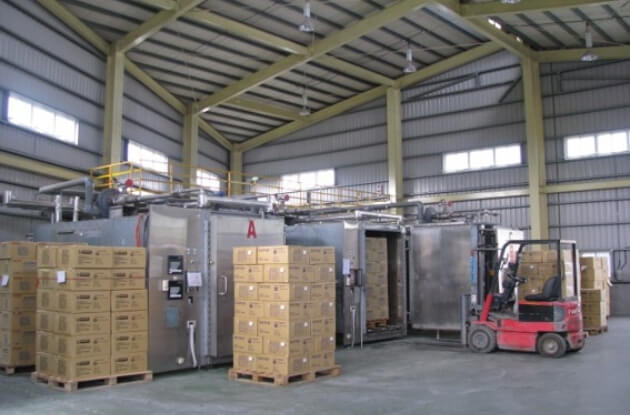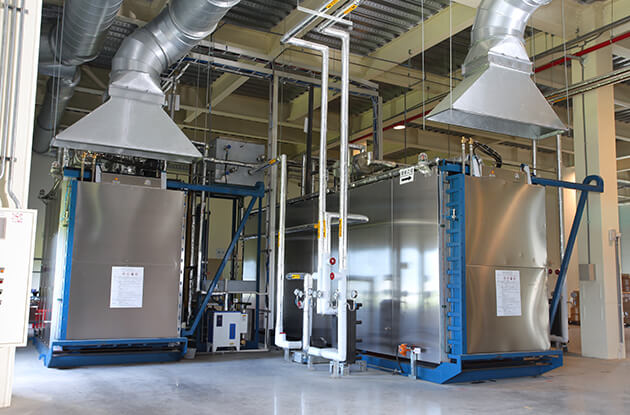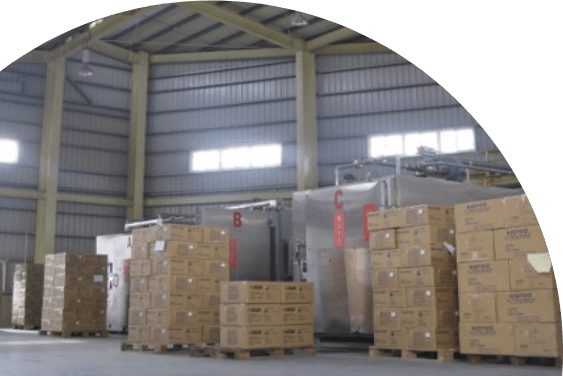Sterilization
Our facility is equipped with multiple computer controlled chambers and high capacity preconditioning and aeration rooms. Our sterilization services vary depending on the compatability of the medical device with the sterilization method and regulatory requirements for the device to be certified sterile.


-
Sterilization is a process that cannot be fully verified by subsequent inspection and testing of the end product.
Consequently, verification consists of validation of the effectiveness of sterilization parameters following established ISO requirements, followed by on-going monitoring of the sterilization process, and periodic re-validation. - Monitoring of the medical device bioburden and the manufacturing environment is performed. Acceptable limits are established based on this data. If these limits are exceeded, corrective action is taken which includes an evaluation of the impact to the sterilization validation.
- Facilities have written procedures to ensure that products and processes are designed and controlled to deliver the appropriate assurance of sterility and of non-pyrogenicity.
- A Sterility Assurance Level (SAL) is defined for each product that is labeled and/or sold sterile. The SAL requirement for a given device is based on its intended use. The verification of a devices’s SAL involves the use of sterilization process indicators and/or product testing, in conjunction with an evaluation of the sterilization process variables.
- The sterility assurance level delivered by the sterilization process must be validated for all terminally sterilized devices and must be appropriate for the end use of the device.
- Manufacturing operations producing products with a sterile label claim have a documented sterility control program for monitoring, documenting, and controlling the following:
- Environment of the manufacturing area.
- Sterilization equipment.
- Bioburden.
- Product segregation.
- Personnel practices.
- Product flow and release.
- Sterilization process.

